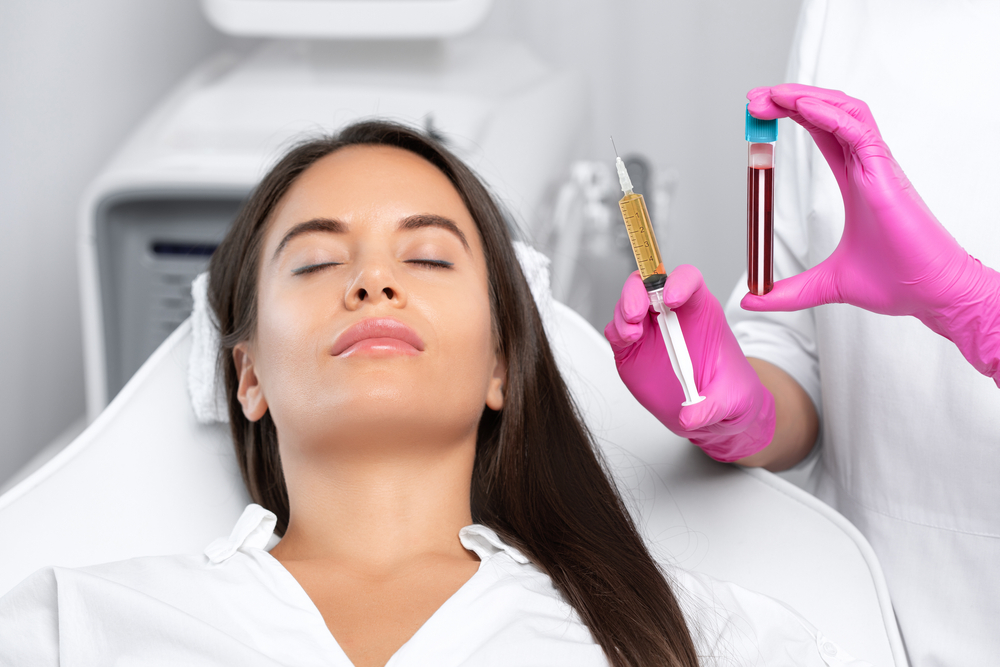
As we age, we notice many changes in our bodies. Many obvious changes take place in our skin. Do you have wrinkles and facial lines that you want to get rid of without surgery? Well, the vampire facial or plasma-rich protein (PRP) facial may be your answer. It triggers collagen production and, via micro-needling, it improves skin tone and texture.
Platelet-rich plasma (PRP) facials became popular with plastic surgery because of their role in wound healing. PRP has a high concentration of platelets. which allows for the formation and release of growth factors and active proteins that promote healing. It is widely used in facial skin rejuvenation.
What is the PRP Procedure for the Face?
PRP facials are not cosmetic procedures, but rather medical procedures.
The procedure typically consists of the following steps:
Blood Collection: A small amount of the patient’s blood is drawn, usually from the arm, similar to a routine blood test.
Centrifugation: The collected blood is then placed in a centrifuge, a machine that spins rapidly to separate its components based on density. This process separates the platelet-rich plasma (PRP) from other blood components.
PRP Extraction: The PRP, which is rich in platelets, growth factors, and other healing-promoting substances, is extracted from the separated blood.
Microneedling or Injection: The PRP is either applied topically to the skin and then absorbed through microchannels created by microneedling or injected directly into specific areas of the face.
The platelets in PRP contain growth factors that are believed to stimulate collagen production, improve skin texture, and promote tissue regeneration.
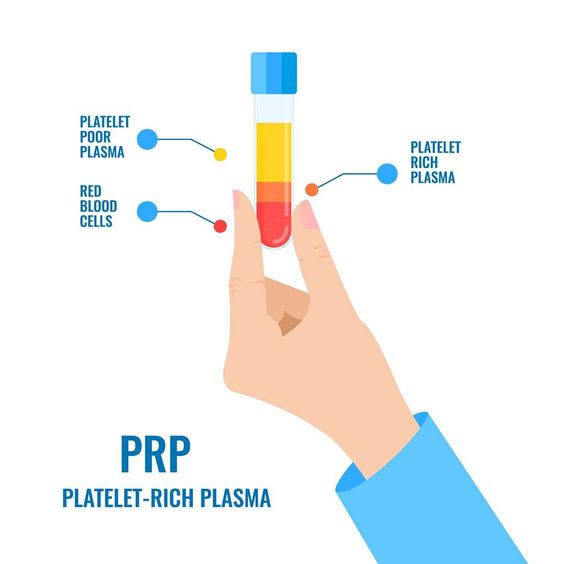
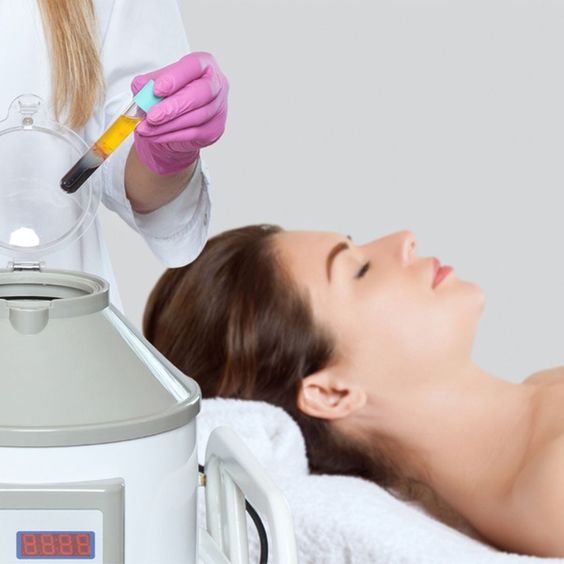
PRP Benefits for Face
The PRP facial can be beneficial to people who have wrinkles, sun damage, or scars. By placing PRP back into the skin, cell proliferation is encouraged. This leads to an increase in elastin and collagen production. As a result, the skin will look tighter, fuller, and smoother.
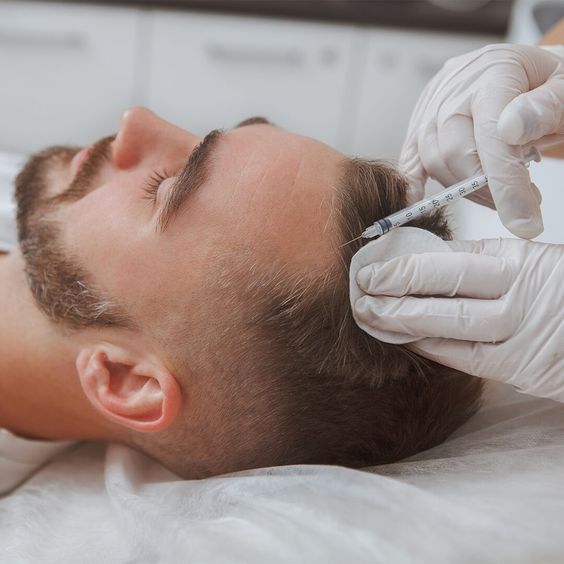
PRP Hair Treatment
The growth factors and other bioactive proteins present in the PRP are thought to stimulate hair follicles, promote hair growth, and improve the overall health of the scalp.
PRP for hair treatment is often used in combination with other hair restoration procedures or treatments, such as microneedling or topical medications. Microneedling, in particular, creates tiny punctures in the scalp, allowing for better absorption of the PRP and potentially enhancing its effectiveness.
Before & After
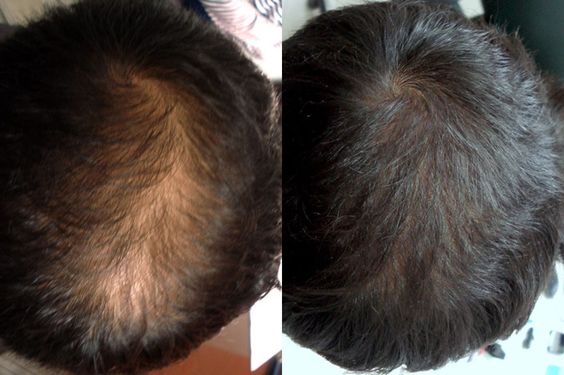
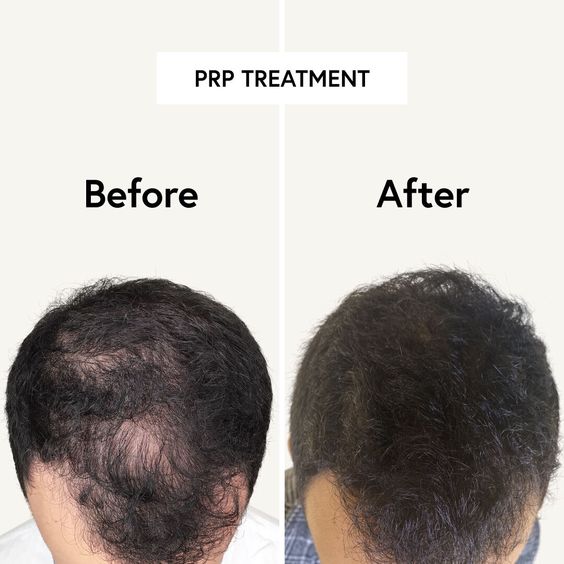
FAQ
Is PRP safe?
The PRP procedure is safe,. There may be some pain, swelling, or bruising after the procedure that goes away in a few days. The problems can come from how blood products are handled. They must be kept sterile to prevent infection.
Who can have PRP rejuvenation?
PRP is deemed safe for most people, but it is not recommended for people with these medical conditions:
HIV or AIDS
Any type of blood cancer
Skin cancer in the area to be treated
Hepatitis C
Cardiovascular diseases that require blood thinners
The above conditions impact your platelets, so they cannot produce the expected results of PRP treatment.
